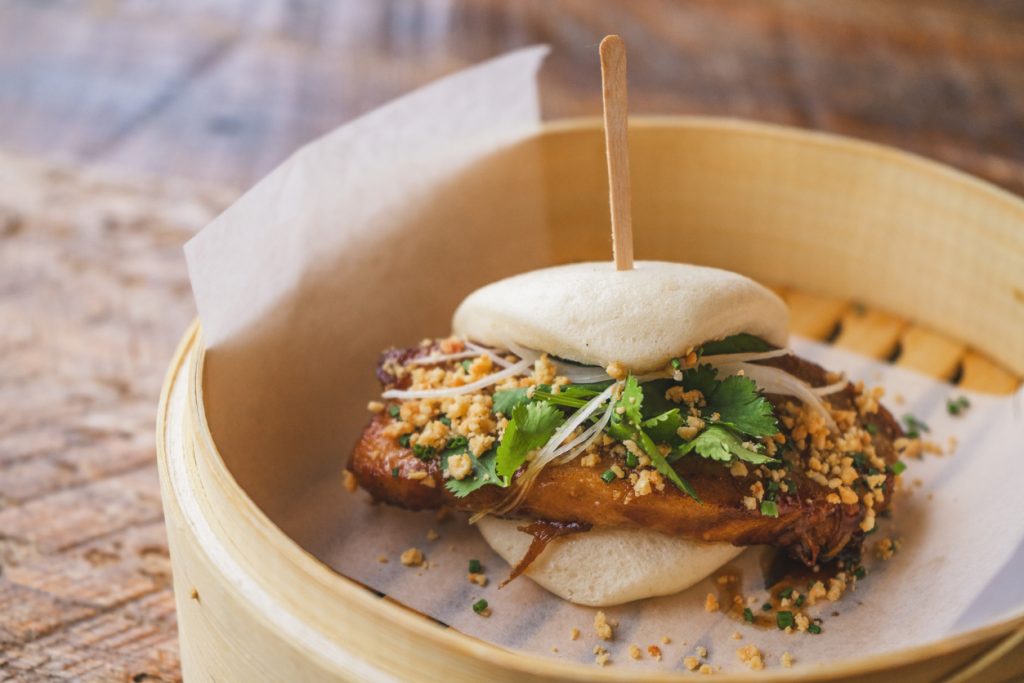
Fusion Cuisine A Global Culinary Adventure
Fusion cuisine, a culinary movement that combines elements from different culinary traditions, has gained significant popularity in recent years. This innovative approach to cooking has led to the creation of exciting and flavorful dishes that blend diverse flavors, ingredients, and techniques.
A Brief History
The concept of fusion cuisine can be traced back to ancient civilizations, when cultures interacted and exchanged ideas. However, the modern era of fusion cuisine emerged in the mid-20th century, as globalization and increased cultural exchange made it easier for people to experience different cuisines.
One of the earliest examples of fusion cuisine is the Hawaiian dish “loco moco,” which combines American and Japanese influences. This dish features a hamburger patty, fried egg, and gravy served over rice.
Key Characteristics of Fusion Cuisine
Fusion cuisine is characterized by several key elements:
- Blending of flavors: Fusion dishes often combine flavors from different culinary traditions, such as Asian, European, and American.
- Innovative techniques: Fusion chefs often experiment with new cooking techniques and ingredients to create unique and flavorful dishes.
- Global influences: Fusion cuisine draws inspiration from a wide range of cultures and cuisines, incorporating ingredients and flavors from around the world.
Examples of Fusion Cuisine
Fusion cuisine has led to the creation of a wide variety of dishes, from appetizers to desserts. Some popular examples include:
- Sushi burritos: A fusion dish that combines sushi ingredients with the format of a burrito.
- Pizza tacos: A fusion dish that combines pizza toppings with a taco shell.
- Pad Thai pasta: A fusion dish that combines Thai flavors with Italian pasta.
- Indian-Chinese fusion: Indian-Chinese fusion dishes often feature Indian spices and flavors combined with Chinese cooking techniques.
- Mediterranean-Asian fusion: Mediterranean-Asian fusion dishes often incorporate ingredients and flavors from both cuisines, such as hummus, falafel, and miso.
Challenges and Opportunities
Fusion cuisine can be challenging to execute successfully, as it requires a deep understanding of different culinary traditions and the ability to balance contrasting flavors. However, the rewards can be great, as fusion dishes can offer a unique and exciting dining experience.
The popularity of fusion cuisine has created opportunities for chefs and restaurants to experiment with new flavors and ingredients. It has also led to increased cultural exchange and understanding, as people from different backgrounds come together to enjoy and appreciate diverse culinary traditions.
The Future of Fusion Cuisine
As the world becomes more interconnected, we can expect to see even more innovative and exciting fusion dishes in the future. Fusion cuisine is a testament to the creativity and adaptability of human culture, and its popularity shows no signs of slowing down.
Fusion cuisine offers a unique and delicious way to explore the world’s diverse culinary traditions. By combining flavors, techniques, and ingredients from different cultures, chefs can create truly unforgettable dining experiences.





